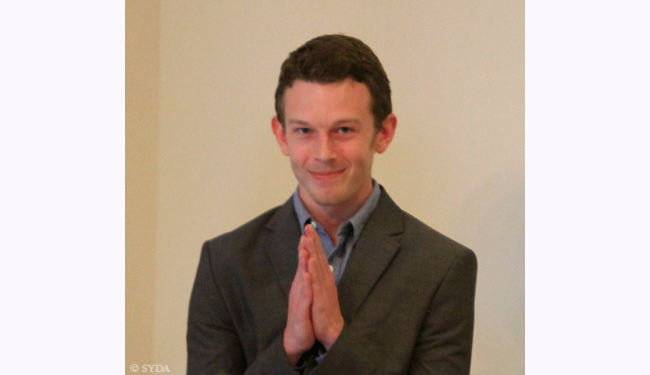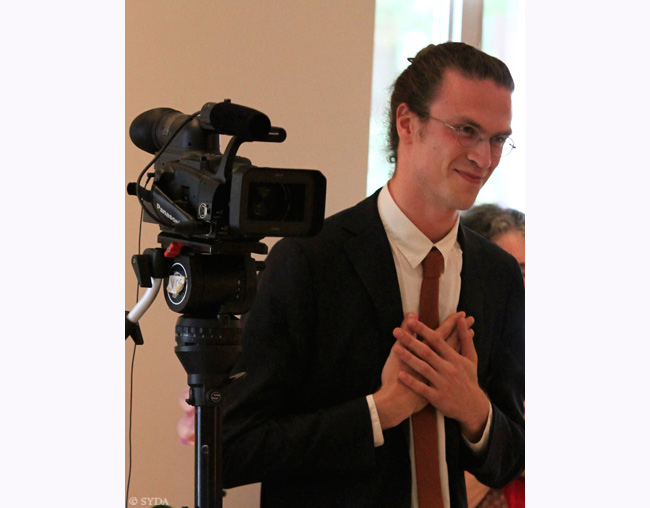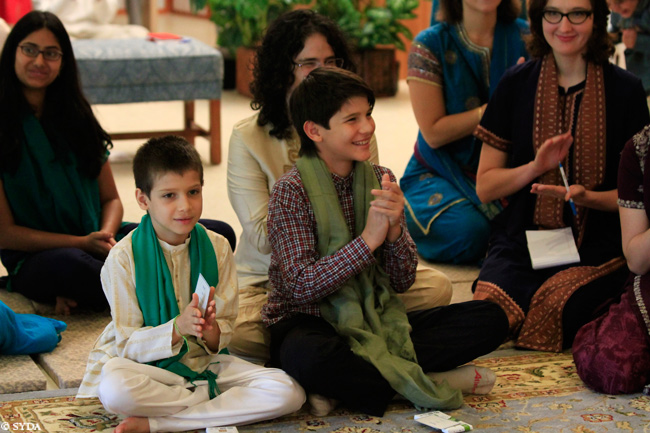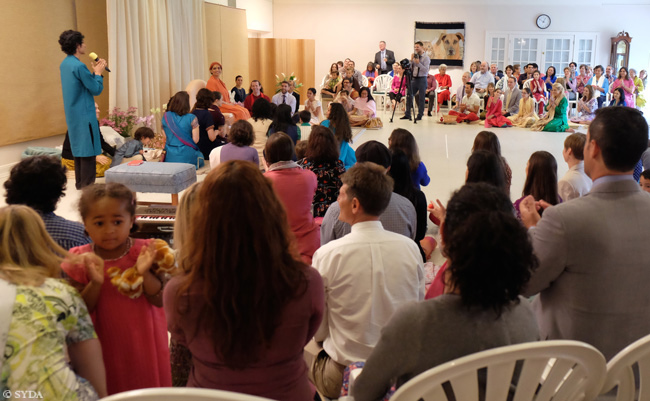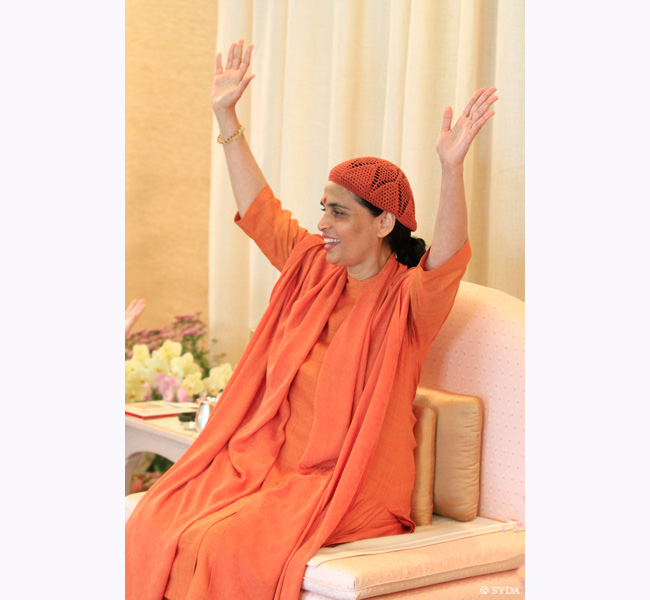The Nectar of Living
Siddha Yoga Chanting Satsang with Gurumayi Chidvilasananda
for Families and Children
Bhagavan Nityananda Temple
Shree Muktananda Ashram
An Account by Mallika Maxwell
July 31, 2014
Part VI
Each family came before the murti of Bade Baba together and offered pranams at his silver padukas, which were laden with fragrant flowers. The padukas are placed on a marble stand that is almost three feet tall. As the smallest children approached the padukas, they would stand on their tip-toes so they could touch their foreheads to the padukas. Some would then place their hands on the padukas and then bring their hands to their eyes. Afterwards they would look up at Bade Baba.
Some would then place their hands on the padukas and then bring their hands to their eyes. Afterwards they would look up at Bade Baba. There was such love and devotion in their entire beings. I loved watching all the families and children worshipping together.
There was such love and devotion in their entire beings. I loved watching all the families and children worshipping together.
After a brief pause, we gathered in another space in the Anugraha building that had been prepared especially for us to receive Gurumayi’s darshan.
The hall monitors directed us to form a darshan line. Although the families and children had already been preparing for and participating in the satsang all morning, and the darshan was beginning at 12:20 p.m., the energy and excitement shown during the satsang continued to build as families came forward to pranam and receive Gurumayi’s blessings.
Over the years, whenever Baba or Gurumayi have given darshan, Siddha Yogis have cherished these sacred moments as opportunities to make offerings to Shri Guru. It is the natural desire of the heart to offer that which we love and value, to share with our Guru that which is meaningful to our life. These offerings take a variety of creative forms—music, dance, artwork, poetry, anecdotes and experiences, and so on. Each of these offerings is a way to acknowledge the inestimable blessings of receiving the Guru’s grace and teachings.
Today during darshan with Gurumayi, some of the young people made offerings of songs and musical performances.
An eleven-year-old from Australia had brought his guitar with him to Shree Muktananda Ashram so he could play for Gurumayi. He has been studying the classical guitar for two-and-a-half years, and played two pieces from the classical repertoire.
Gurumayi spoke about how beautifully he was playing, then turned with a smile to Swami Akhandananda, who was sitting nearby, and who also plays the classical guitar. Gurumayi said that the boy could give Swamiji some lessons! Swamiji laughed and nodded enthusiastically. When the boy finished, Gurumayi asked someone to acknowledge him. Rajmani Sinclair, the Siddha Yoga Music Department Head, stood up and thanked him for his virtuosic playing.
More children had songs to offer Gurumayi. Many of them sang about their love for the Guru. They were so open, so ready to share these pure expressions from the heart.
One four-year-old sang “You are My Sunshine” with her mother, while gazing at Gurumayi.
Gurumayi smiled and clapped for her. 
The song mirrored what was taking place in darshan. As each child came forward, they had their own moment with Gurumayi. Again I thought of the raslila connection!
Again I thought of the raslila connection!
And the four-year-old from Mexico, whose longing to be with Gurumayi was so strong? He sat next to Gurumayi on her chair for most of darshan. Afterwards, when asked what he felt during darshan, the little boy said, “Amor.” Love. He added that in the satsang, he learned “to never hurt anyone, and to do everything with love.” He said he would easily remember to do that when he returns home, “because I am that love.”
Afterwards, when asked what he felt during darshan, the little boy said, “Amor.” Love. He added that in the satsang, he learned “to never hurt anyone, and to do everything with love.” He said he would easily remember to do that when he returns home, “because I am that love.”
No matter how many stories like this I hear over the years, it never ceases to amaze me how every child has the innate ability to receive Gurumayi’s teachings, articulate them clearly, and make them their own. These stories assure me that the Siddha Yoga legacy is in the best of hands.
Gurumayi then invited Shayur to conclude the darshan.
Shayur said: “How wonderful that we have participated in this Chanting Satsang for families, visiting sevites, and animals.” Everyone laughed about Shayur including the Temple stuffies that Gurumayi had given to the children.
Shayur continued, “We came together in honor of the culmination of Gurupurnima month.”
Hearing this, Gurumayi smiled and said, “Gurupurnima! Let us hear Jyā Jyā Ṭhikāṇī.” This prayer, written by the Indian saint Samartha Ramdas in the Marathi language, was posted on the Siddha Yoga path website that day. Sevites in the Music Department leapt to their feet and led everyone in singing.
The saint prays,
“O my Guru, wherever my mind goes, may your true form be there.
Wherever I place my head, may your lotus feet be there.”
Gurumayi then asked if we had all seen the many teachings, accounts, and images on the Siddha Yoga path website. She invited a staff member to acknowledge the sevites who had created these pieces, including two young men, both in their twenties, who had made videos for the website: Gurupurnima: Full Moon of the Guru, Jala Dhvani Waterfall Series: 1 and Stream Series: 1, and Oh My Gurumayi.
Gurupurnima: Full Moon of the Guru, Jala Dhvani Waterfall Series: 1 and Stream Series: 1, and Oh My Gurumayi.
All morning, both in the Temple and now during the darshan, Gurumayi had been inviting sevites to acknowledge the seva that children and young people were offering, teaching us again and again the importance of acknowledging and thanking others for all they contribute. It was also a reminder of how children and young people are the bearers of the Siddha Yoga legacy.
Gurumayi asked the children if they are inspired to offer seva. They all cried out: “Yes!”
Then Gurumayi asked Shayur to speak again.
Shayur thanked Gurumayi and shared how he was inspired by all the “young, young” Siddha Yogis.
Gurumayi said, “Yes, and from young, young, we go to yum-yum!”
We all laughed with delight––yes, it was lunch time!
What an extraordinary morning it had been. In this satsang with Gurumayi, we had chanted, meditated, and received darshan. We had learned how we are each responsible for the creation and protection of the Siddha Yoga legacy—especially in how we support the sadhana of our younger generations. We learned how we can contribute to that legacy by offering seva.
Again we exclaimed with Gurumayi: “Sadgurunath Maharaj ki Jay!” as we concluded the celebration of the Gurupurnima month. My heart was filled with contentment that these satsangs and the sevas we offer contribute to the future of the Siddha Yoga legacy.
My heart was filled with contentment that these satsangs and the sevas we offer contribute to the future of the Siddha Yoga legacy.
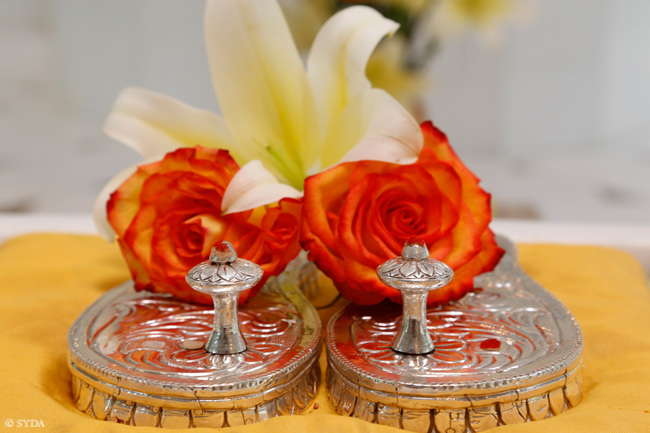




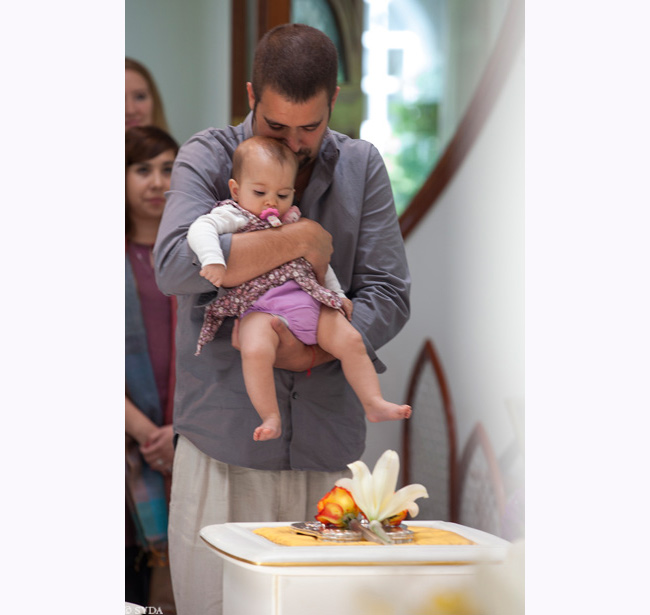
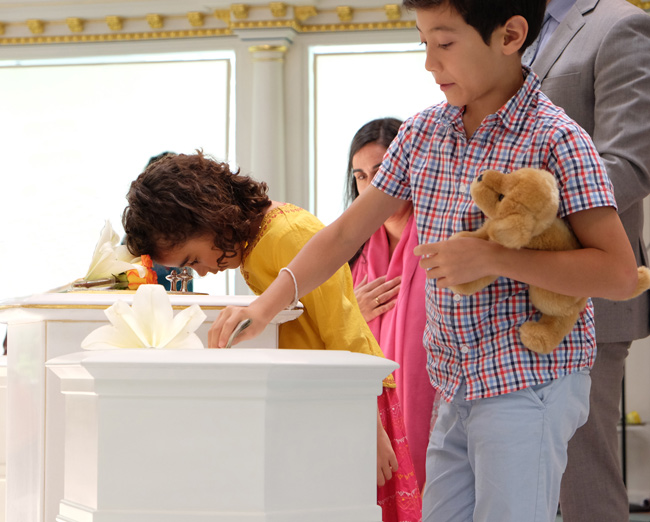
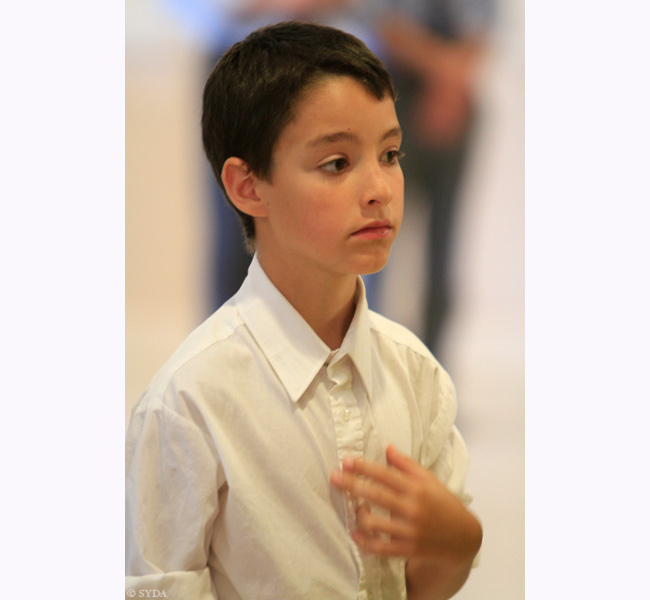
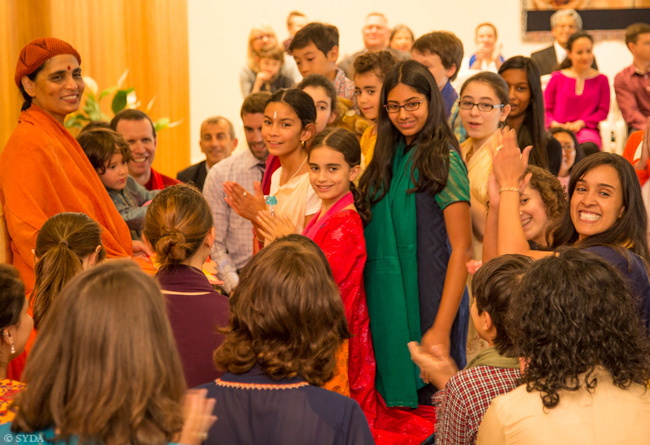
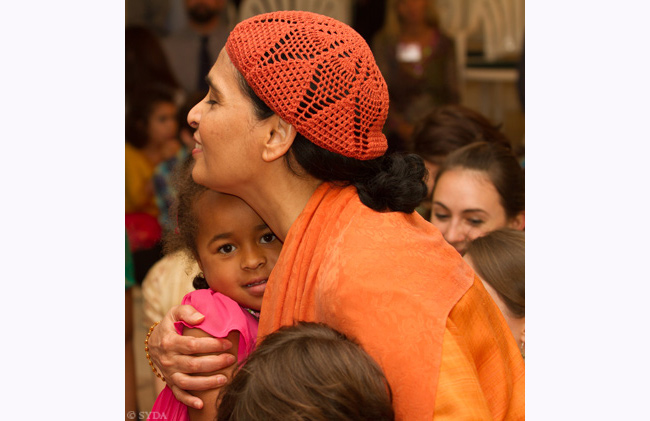
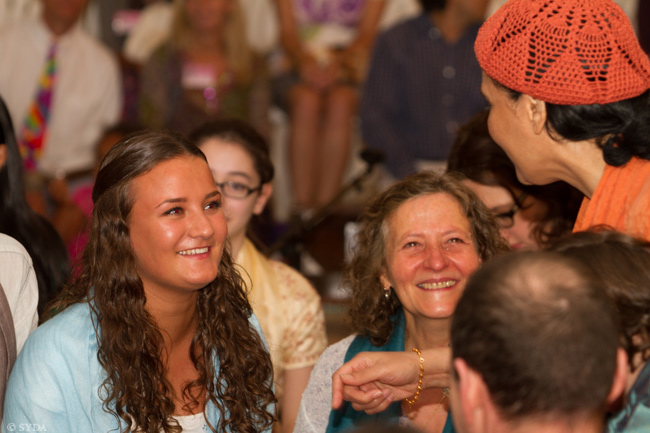

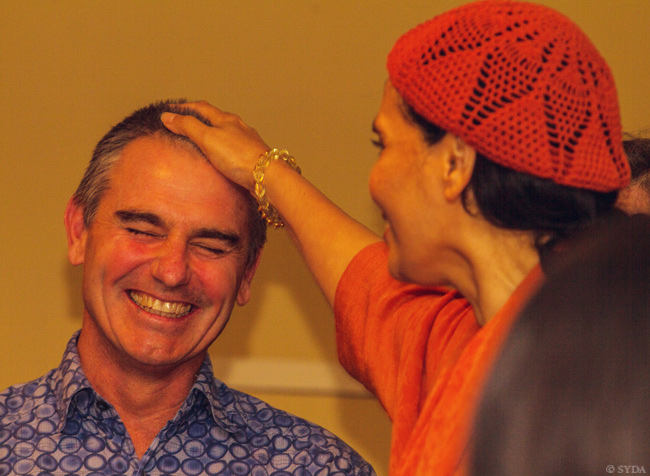
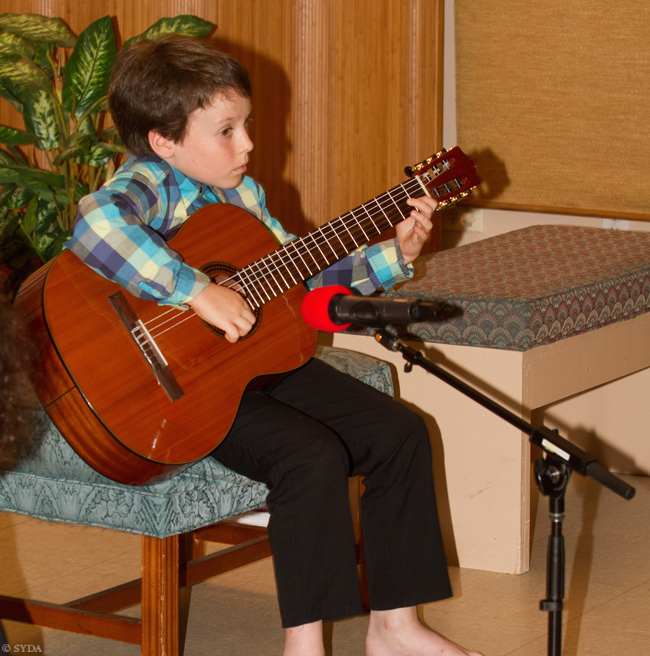
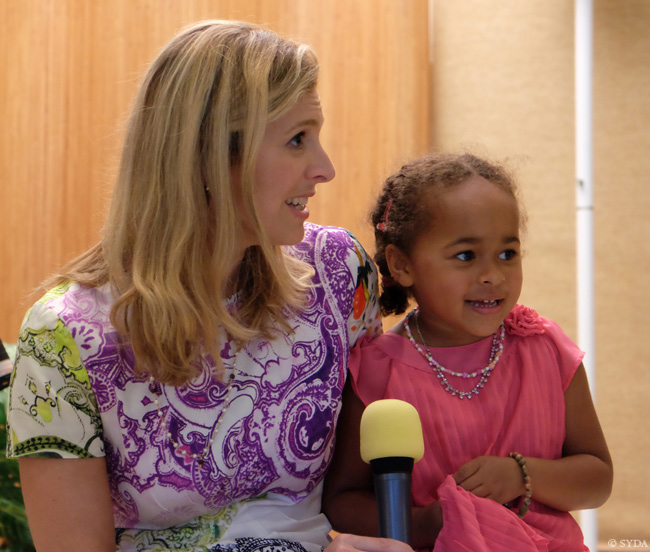


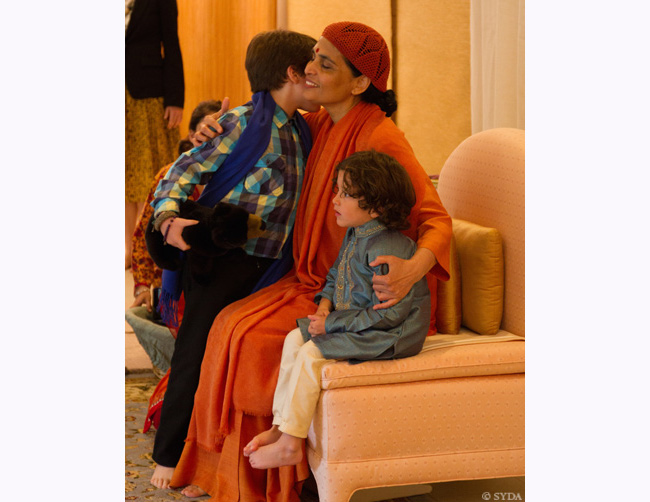

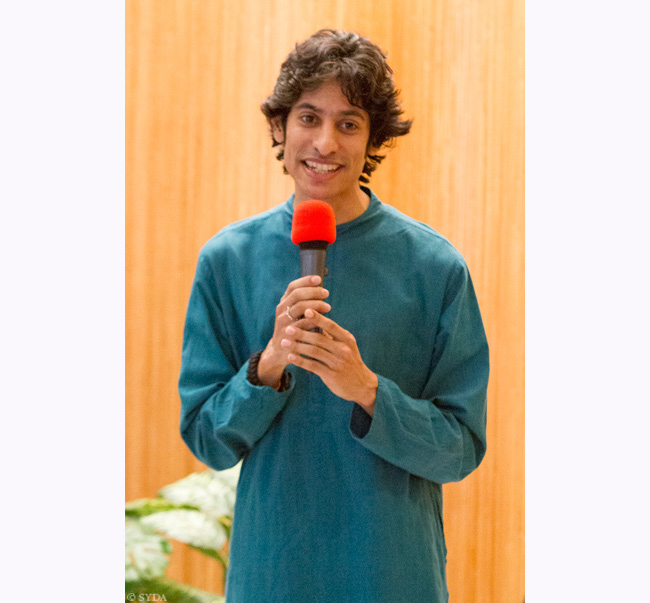 Shayur is a Gurukula student in Gurudev Siddha Peeth. He is the member of a steering committee and oversees four departments—Live Events, Retreats, Taruna Poshana, and Halls. He is visiting Shree Muktananda Ashram to both mentor the sevites in the SYDA Foundation and to learn from the sevites here, by offering seva in the Live Events Department.
Shayur is a Gurukula student in Gurudev Siddha Peeth. He is the member of a steering committee and oversees four departments—Live Events, Retreats, Taruna Poshana, and Halls. He is visiting Shree Muktananda Ashram to both mentor the sevites in the SYDA Foundation and to learn from the sevites here, by offering seva in the Live Events Department.